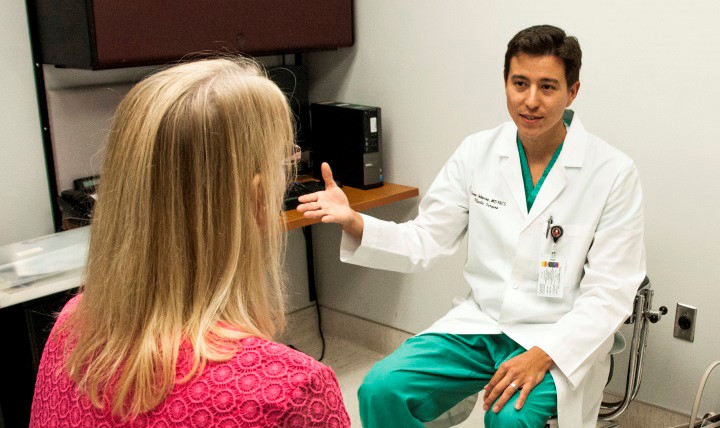The physician-patient relationship is the bedrock of medical practice and humanity. Humanity is “compassionate, sympathetic, or generous behavior or disposition.” It includes the idea of being human – its inherent fragility and vulnerability. As humans, we are prone to damage, brokenness, pain. To combat our inevitable struggle, we must rely on other fragile and faulty humans to provide compassion, sympathy, generosity, and support. As physicians, we are entrusted with guiding and navigating individuals, often through the greatest challenges, damages, and discomforts that life has to offer. Conscious thought must be put into how we traverse these encounters.
The emphasis should be on valuing relationships and respecting individual choice. This starts with being a friend, partner, and companion, seeking to know patients’ stories and conversing with them with understanding. This understanding allows one to serve as a teacher, a furnisher of expert advice tailored to each patient with tenderness, forthrightness, and value. Relying solely on expertise and knowledge must be avoided. However, the pursuit of a dynamic relationship must not sacrifice patient-centered medical guidance that is pivotal to patient care and decision making. Expanding on the ability to act as a teacher, one must recognize a pitfall of the approach – the possibility of coercion. This can be circumvented by acknowledging pride and by recognizing patient decisions as reflections of their values and humanity, and not one’s own abilities. In this way, coercion is avoided, and the physician-patient relationship is reinforced. In contrast, by focusing only on providing necessary medical advice, the possibility of coercion is avoided, but with decreased patient involvement. The only answer is to facilitate a relationship with respect for patient autonomy and individual decisions. This is of the highest value to me and I believe, to my future patients as well.
Another important component of this decision centers on covenants – implied trust, respect, integrity, and honesty between physician and patient. As noted previously, physicians have been entrusted with navigating and guiding through the greatest hardships in life. To do so, I believe a physician must maintain a duty to know their patients, to hold a covenant that implies understanding and service. This can be done by acting as a friend. A physician-patient relationship should give rise to forthright, allocentric advice and information: information that is of high quality, accuracy, and specificity to each patient; information that recognizes the fragility that is being human and combats it with the highest level of support, compassion, sympathy, and generosity.
- Charles, Cathy, Gafni Amiram and Tim Wheelan. “Decision-Making in the Physician–patient Encounter: Revisiting the Shared Treatment Decision-Making Model.” Social Science and Medicine (1999): 251-261. Online.
- Emanuel, Ezekiel MD PhD and Linda MD PhD Emanuel. “Four Models of The Physician Patient Relationship.” JAMA 267(16) (1992): 2221-2226. Online.
Spencer Bayless is a member of The University of Arizona College of Medicine-Phoenix Class of 2023. He graduated from Arizona State University with a degree in Biological Sciences and an emphasis in Neurobiology. Spencer has special interests in health care economics, policy, and quality improvement. He enjoys traveling, ping-pong, and seeking new experiences.

